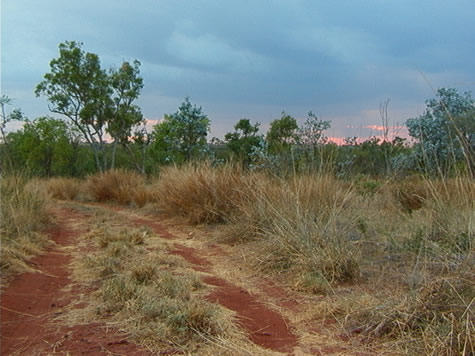THEME: Gregory National Park
SUBJECT AREA: History
TOPIC: history of the park
At nearly one million hectares, Gregory National Park is the second largest in the Northern Territory. It was named in honour of Augustus Gregory, a pioneer, who in 1854 led an eighteen-person expedition, which spent six months exploring the Victoria River district before heading east to Brisbane. Land excised from cattle stations in 1990 created the park and evidence of early European pioneering efforts are still in existence. It is also home to Aboriginal sacred sites, which are reserved for the Wardaman, Ngariman, Ngaliwurri tribes, to name but a few.

At the core of Gregory National Park is the former Bullita Outstation. (Land from nearby Victoria River Downs, Humbert River, Delamere, Auvergne, and Innesvale were also excised to create the national park.) Bullita was an outstation for the Durack family; they were firmly linked with cattle and the opening up of interior Australia in the 1880s. The old homestead still stands and the name of one of the Duracks is carved into a nearby boab tree.
Cattle were taken from Bullita and Humbert River stations along the road that runs through Gregory N.P. today. This road connected to the Auvergne Stock Route farther to the north. Evidence of cattle-working facilities used by these large stations is still visible. The Spring Creek Cattle Yards were typical of yards used during cattle drives when up to 500 head might be moved. The Drovers Rest camp near Bullita was the site of a regular drovers’ camp. Many drovers were needed to move the large herds between stations and cattle markets. At this site, the words ‘Oriental Hotel’ are carved into a huge boab.
Along the Humbert track, which runs between Bullita and Humbert River Station connecting to Victoria River Downs, packhorses were used to carry goods. This track was originally a supply trail for Humbert River Station from Victoria River Downs. Today, its only traffic was seven pushbike riders and one support vehicle. The terrain is extremely rugged and better suited to travel by packhorse! However, it is amazing to experience travel over these roads as it was done by men, horses, and cattle in the glory days of early cattle ranching on the Australian frontier.
Suggested activities: Identify national parks in your region. Why were they created and who was responsible for their creation? Was land voluntarily given up to create the national parks and, if so, who previously ‘owned’ the land taken for the creation of the park? Are national parks important to today’s society and if so, why?
April